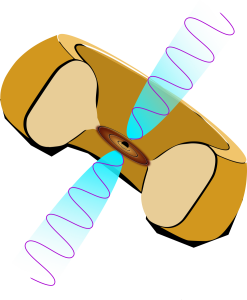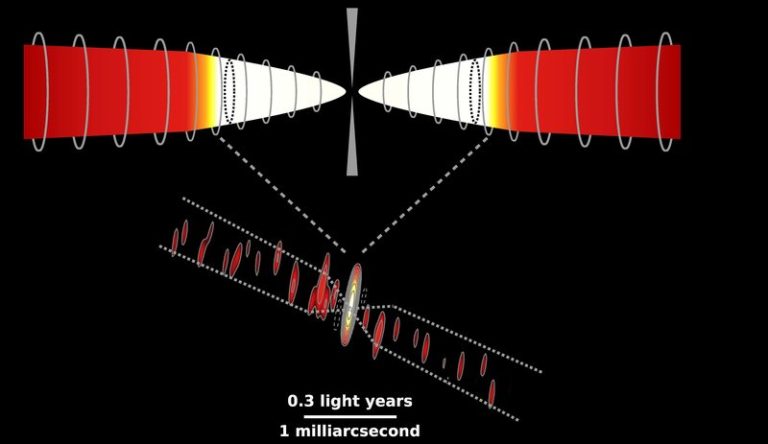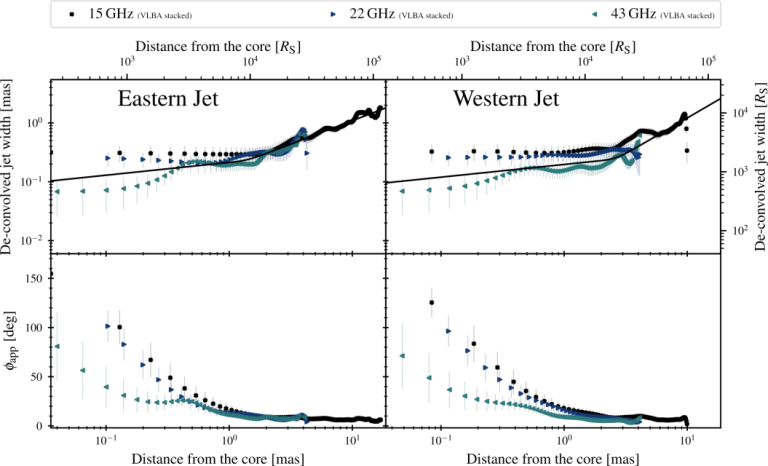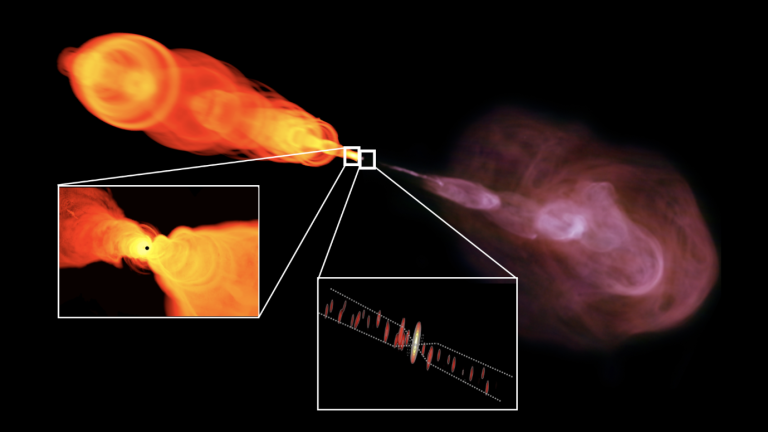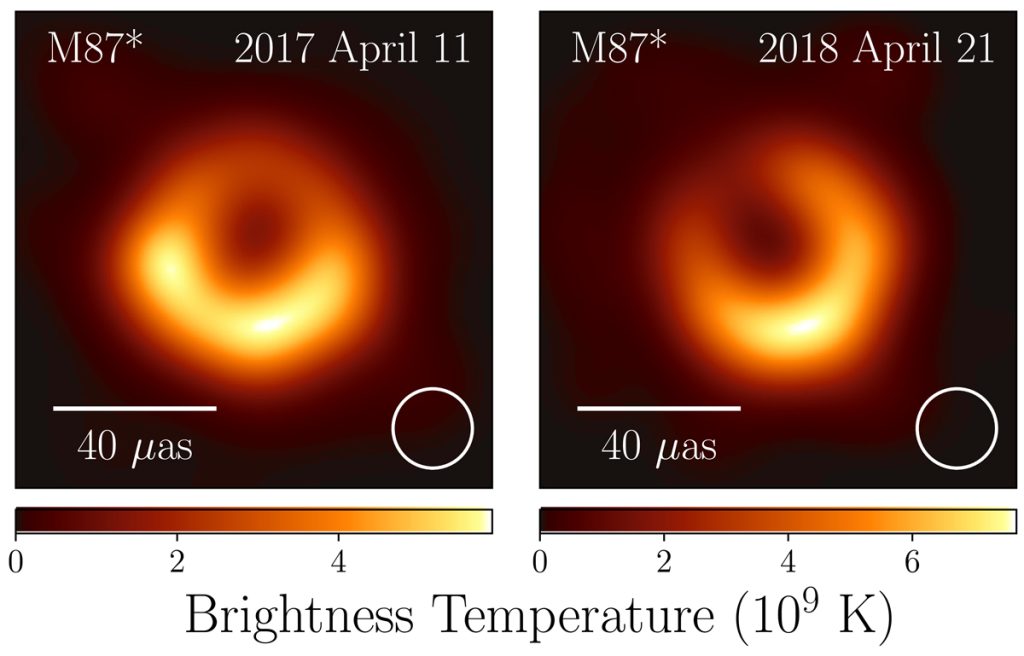Active Galactic Nuclei - AGN
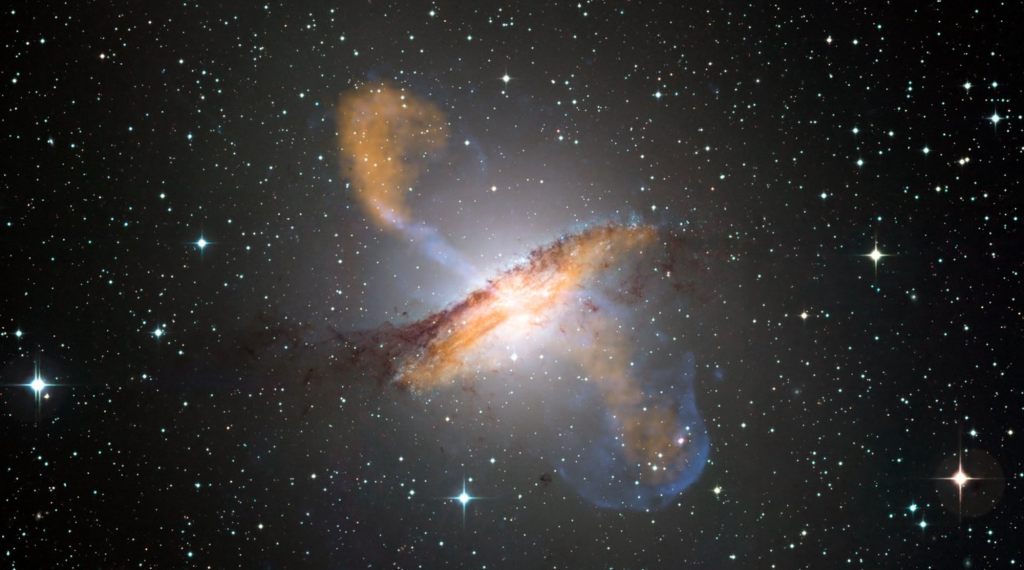
Active Galaxies are among the most energetic objects in the universe. Their innermost center, the Active Galactic Nucleus (AGN) has the potential to over-shine the whole stellar population. Accretion onto a supermassive black hole is the most conclusive physical process to explain their huge emission over the whole electro-magnetic spectrum. A subset of these galaxies is characterized by strongly collimated, relativistic outflows, called jets. I am fascinated by these sources since my undergraduate studies and focus my research on the innermost parsecs around the central engine to understand the physical processes behind jet acceleration and collimation.

